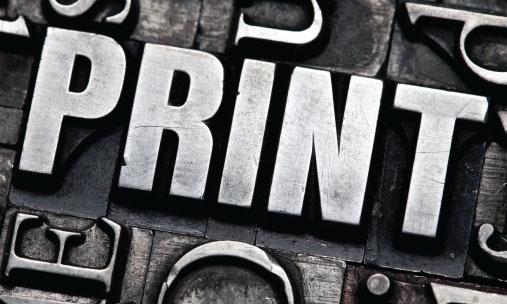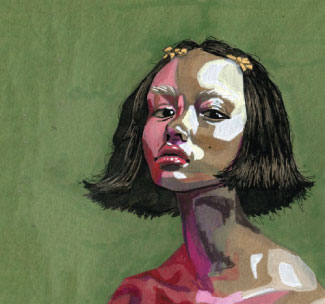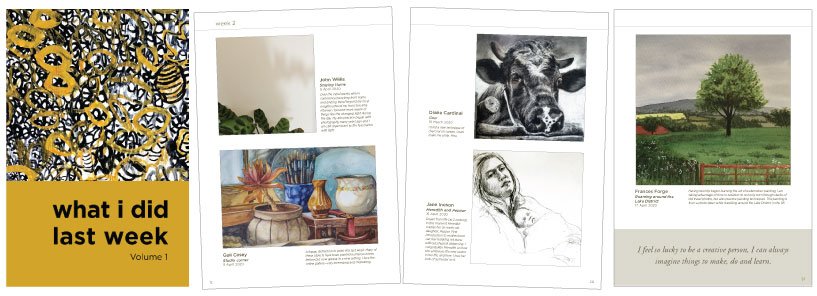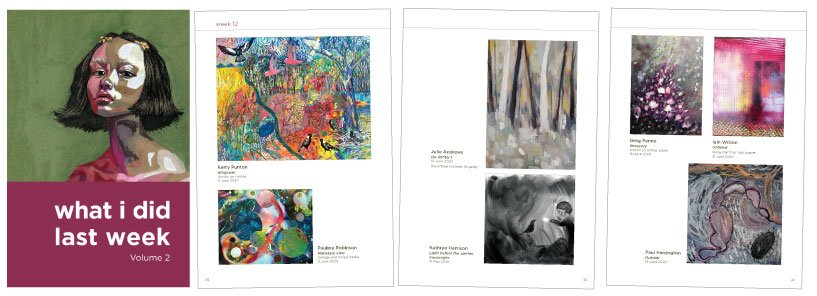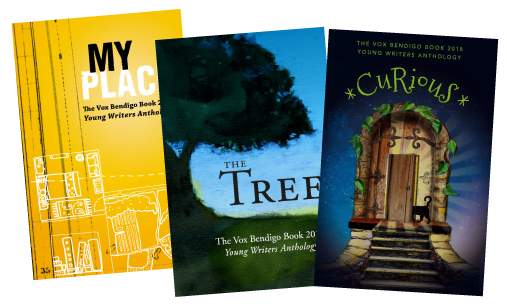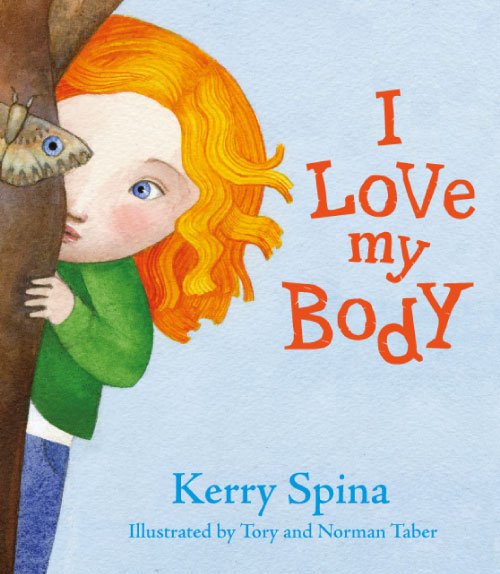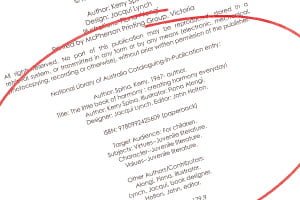If you’re an author trying to decide whether to get your book printed or use a print-on-demand (POD) service, there are a few things to consider. For printing, you’ll have greater control over the quality and cost of your book, and you’ll set the price based on your costs. However, you’ll also need to handle all marketing, sales, and distribution yourself. With POD, you’ll save on upfront costs without worrying about storage or shipping. However, you’ll have less control over quality and pricing, and the POD company will take a percentage of your sales. Ultimately, the decision comes down to your budget and lifestyle. So be sure to shop around, ask questions, and choose a reputable company that aligns with your goals.

Using a book printer
You can choose to have your book printed by a printer. Your book can be printed digitally or on an offset printing press, depending on your required quantity.
Customer service: The printing companies will provide excellent customer service, ensuring they promptly address any issues.
Quality: You usually have more options. You select the quality that is the most appropriate for your book.
Cost: Printing is highly cost-effective per unit; you choose the quality and size of the print run to suit your budget. You will pay for all costs upfront.
Book Price: You set the price of your book based on your costs. You will receive a significant share of the retail price.
Distribution: You will need to do all your marketing and distribution. You handle all your book storage, sales, distribution and shipping.
Print-on-demand (POD)
POD companies offer several packages, depending on how many or few services you require. You sell your book through an online bookseller such as IngramSpark or Amazon.
When your book is ordered online, the POD company prints a copy, ships it to the buyer, and deposits your portion of the sale proceeds to your account.
Customer service: Getting good customer service from POD companies can be challenging. Setting up your files correctly is very important to avoid any disappointment or delays.
Quality: Book quality can vary, with limited book size and paper thickness choices.
Cost: Relatively low cost because you’re not paying for printing or shipping (each book will be printed after it is ordered and paid for by your reader).
Book Price: POD companies set higher prices for POD books and take a percentage for printing and distribution. Therefore, you’ll keep a much smaller portion of the book’s selling price.
Distribution: The POD company will do all your marketing, distribution and shipping.
In summary
As you can see, you’ll need to weigh the pros and cons of each printing method and decide which one best suits your lifestyle and budget. Some authors enjoy taking orders for their books and shipping them, as it puts them in direct contact with their readers (and perhaps allows them to build an email list and sell some of their other products or services). Other authors prefer to have someone else look after all the details.
Before you decide, get in contact with us and don’t hesitate to ask a lot of questions. Please Phone or email us to schedule your free consultation.

